There are many different ways to irrigate crops. One of the oldest methods – and one that still exists today – is flood irrigation.
Flood irrigation has been used for centuries. The ancient Egyptians used it more than 3,800 years ago. But flood irrigation isn’t a case of “tried and true.” The old ways aren’t always the best way. Times have changed, and technologies have vastly improved.
Since the creation of center pivot irrigation in the 1940s, techniques have become more precise and efficient. Almost 80 years later, irrigation equipment and technology from Valley® Irrigation have advanced to the point where there is really no comparison between flooding your fields to water them and using center pivot irrigation or linears to achieve precise application.
Here are the key ways center pivot irrigation is superior to flood irrigation:
Efficiency
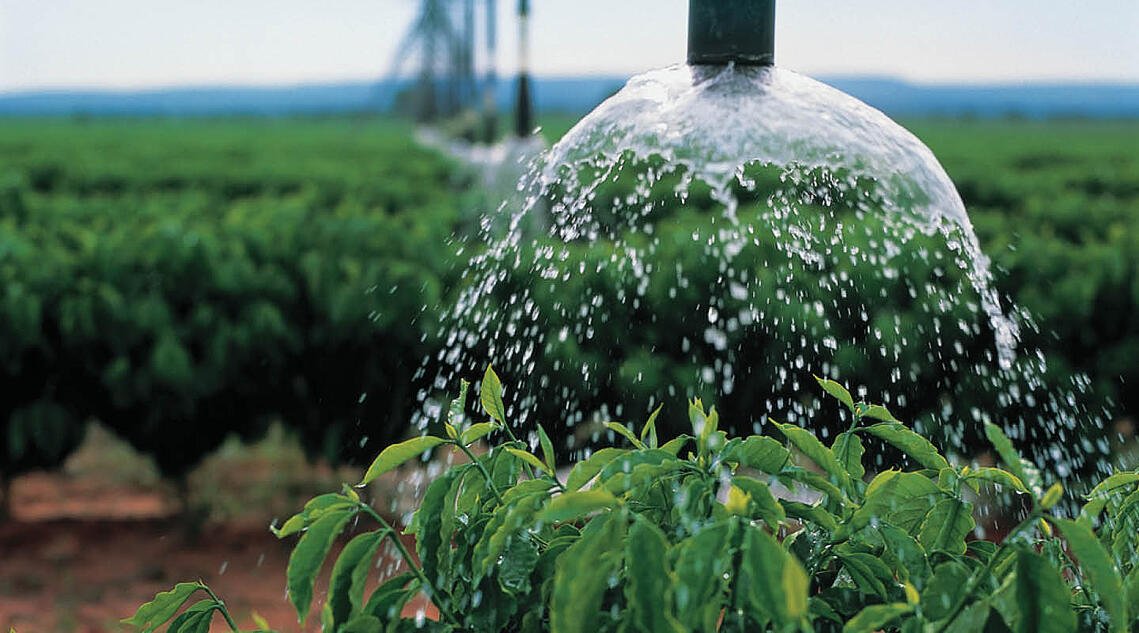 Efficiency begins with your equipment. Pictured here is one of many sprinkler types available from Valley Irrigation.
Efficiency begins with your equipment. Pictured here is one of many sprinkler types available from Valley Irrigation.
From the standpoint of water application, flood irrigation is wasteful. Only about 50% of water is absorbed using flood irrigation; the other half is lost to evaporation, runoff, infiltration of uncultivated areas and transpiration through the leaves of weeds.1 With center pivot irrigation, water absorption rates improve to 85-90%.
Precision Application
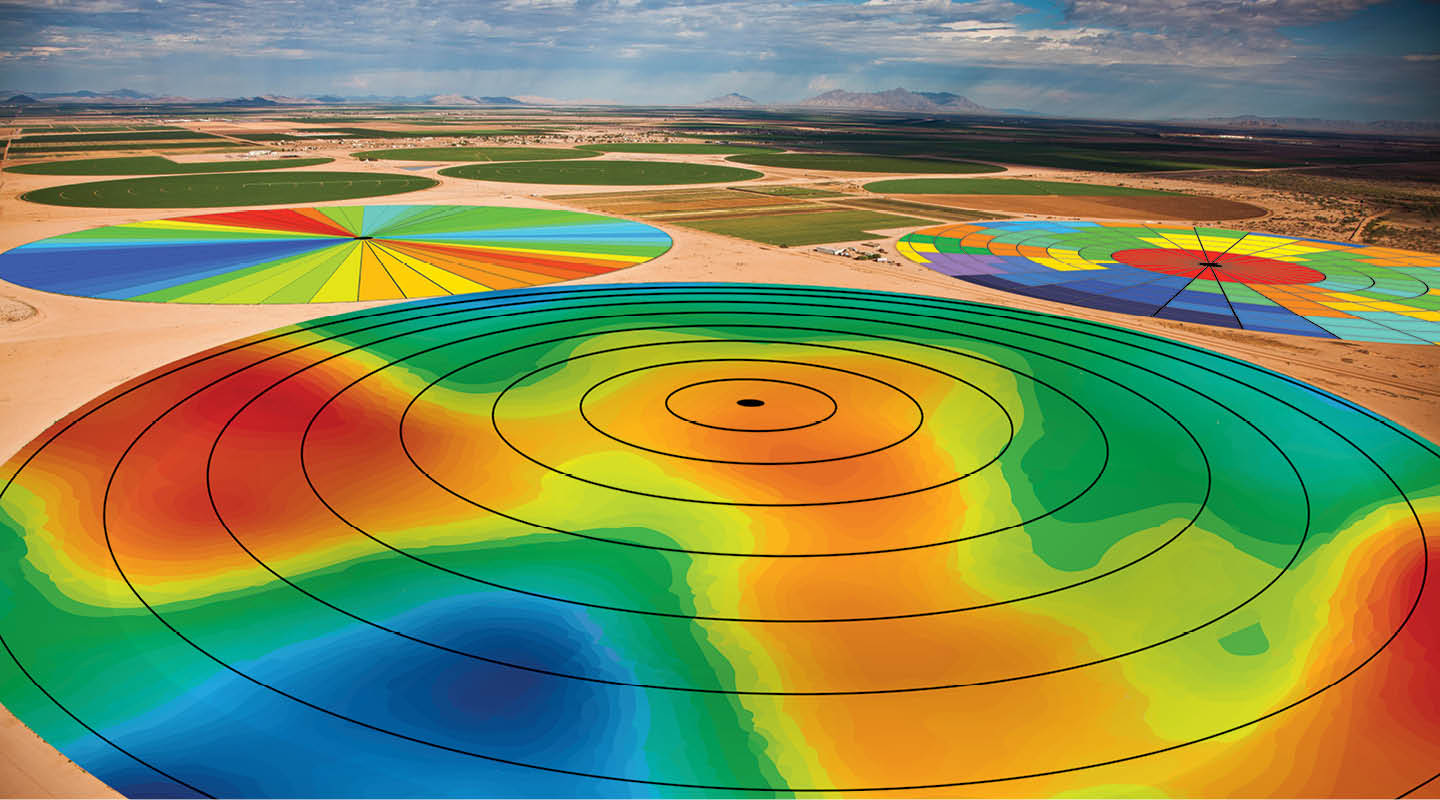 Variable Rate Irrigation is vital to preserving resources, but also to applying the right amount of water in the right areas.
Variable Rate Irrigation is vital to preserving resources, but also to applying the right amount of water in the right areas.
Even within a single field, there are different soil types; flood irrigation cannot be customized to different areas. Center pivot irrigation sprinklers give growers many more options, including variable rate irrigation tailored to unique soil types, topography and other factors.
Furthermore, flooding an entire field all at once fails to take advantage of capillary movement of water through the soil, particularly in clay soils. This results in significant runoff, anaerobic conditions in the soil and around the root zone, and deep irrigation below the root zone, making the water unavailable to plants.1 Valley Irrigation offers numerous irrigation sprinkler options based on crop height, soil texture and terrain.
Reduced Labor
 AgSense allows growers to better manage their operations, and their time, from anywhere they happen to be.
AgSense allows growers to better manage their operations, and their time, from anywhere they happen to be.
One of the biggest factors in favor of center pivot irrigation is reduced labor costs. Yes, there is an upfront investment with center pivot irrigation … but the expense truly is an investment in your operation. Labor may be significantly reduced down the line.
Consider this testimonial we received from an alfalfa grower in the San Joaquin Valley: “On the pivot, we spent about $3,000 [in annual labor costs]. On the quarter section of alfalfa hay that we hand moved, moving all the pipes (and this does not include the supervision, just the hand labor of moving the pipe in and out and moving it around for the guy to cut the hay and all that jazz) cost us $26,000. $26,000 versus $3,000 for 150 acres of alfalfa.”
Less Leaching
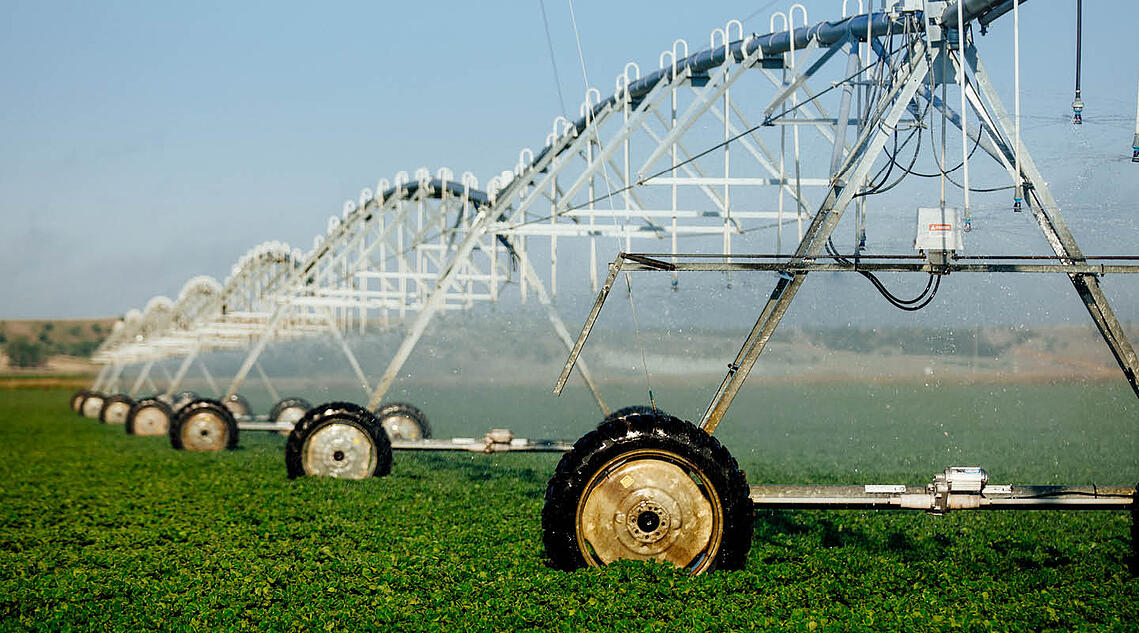 Center pivot irrigation helps prevent loss of fertilizers applied to your field throughout the season.
Center pivot irrigation helps prevent loss of fertilizers applied to your field throughout the season.
Flood irrigation leaches out nutrients, fertilizers and other chemicals. Not only are growers throwing away the money spent on fertilizer application, but there are also environmental concerns that are greatly minimized with center pivot irrigation.
Solutions for Drought
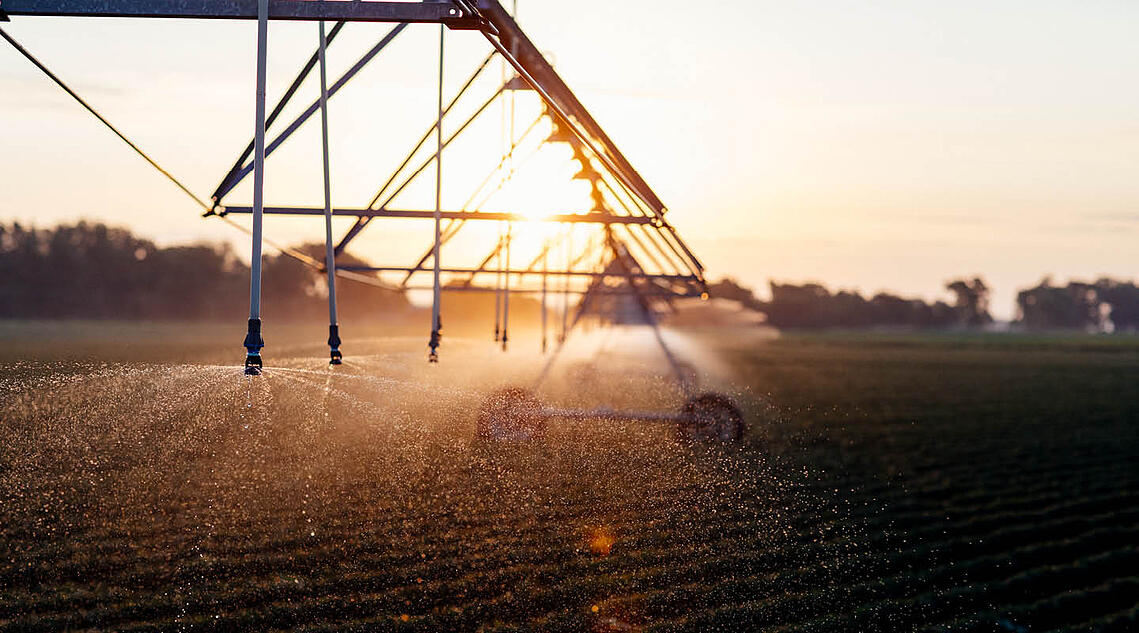 Managing water in times of drought is important to maximizing yield potential..
Managing water in times of drought is important to maximizing yield potential..
Another time to think about efficient water application is during a drought. Flood irrigation may not even be an option in the case of potential water restrictions in some areas, and when water is at a premium, you want to be as efficient as possible with your water management strategies. Center pivot irrigation is better in dry conditions.
Increased Yields
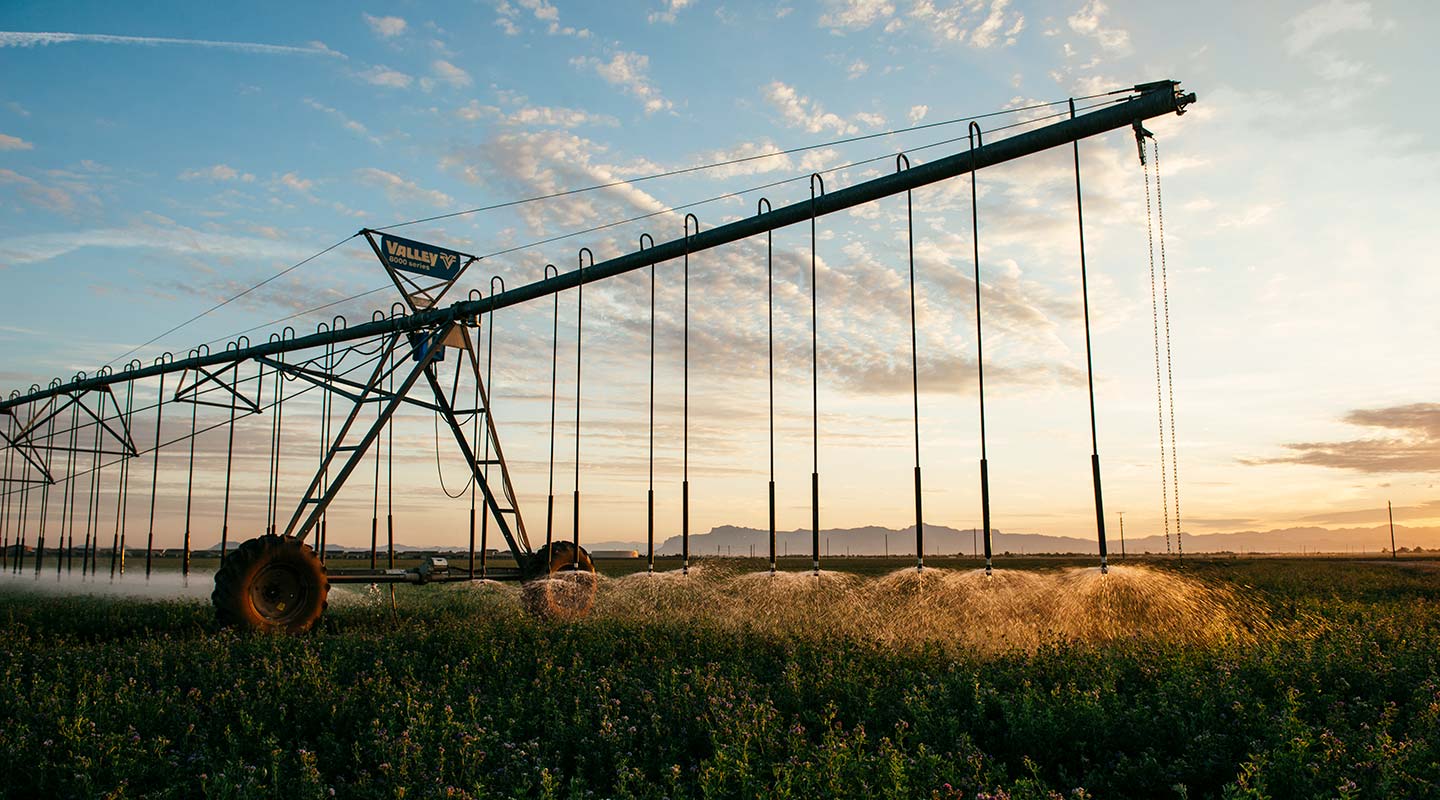 When the grower has more control, yields increase and costs lower.
When the grower has more control, yields increase and costs lower.
Most of the reasons listed above also can affect yield potential. Applying the proper amount of water at the proper time is obviously ideal. With flood irrigation, water runs from one end of the field to the other, oversoaking one side, and little to no water reaching the other.
All of these factors can be summed up in one word: control. Valley center pivot irrigation unquestionably gives you more control of your operation.
So if you’re still doing things the old-fashioned way – flooding – you may want to consider the benefits of center pivots. Turn to the best in the industry: Valley. Contact your local Valley dealer today to take control of your irrigation.
1. Source: http://www.allianceforwaterefficiency.org/Flood_Irrigation_Introduction.aspx